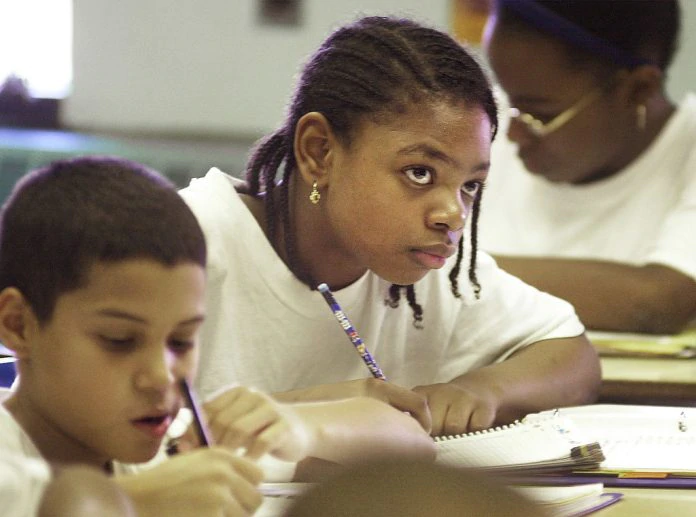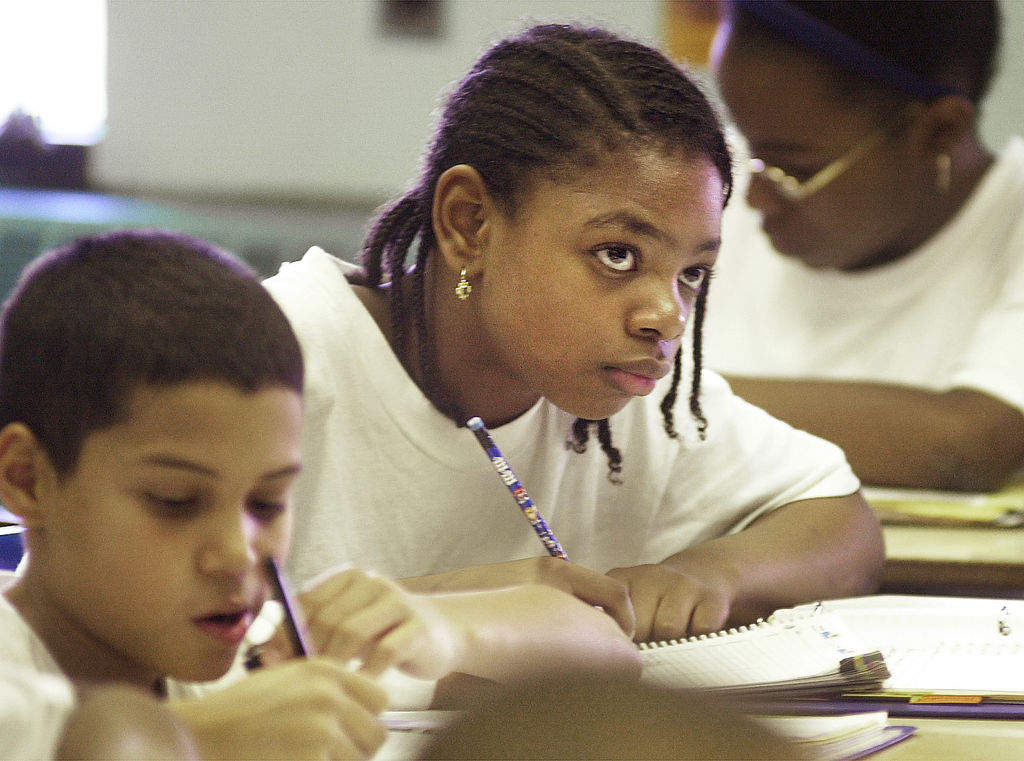[ad_1]

Black students face the harshest discipline in schools across America. They are also less likely to be accepted into gifted and talented programs.
READ MORE: #BlackExcellence: Atlanta debate team takes top honors at Harvard competition second year in a row
So found a study by the American Educational Research Journal, which examined U.S. Department of Education Office for Civil Rights data from more than 1,880 public school districts nationwide. The study, entitled “Categorical Inequality in Black and White: Linking Disproportionality Across Multiple Educational Outcomes,” found that Black and white students have sizeable differences in discipline rates, grade level-retention, classification into special education, gifted and talented and Advanced Placement programs. The years studied were from 2011 through 2016.
Or to put it another way – Black students are suspended 1.5 times more frequently than their white classmates in the United States. And, on average, white students enroll in AP classes 1.3 times as often as Black students and have a 1.7 times higher likelihood to get into gifted programs, according to The Seattle Times.
So who’s the blame for the racial disparity? The study puts the blame largely on school districts, not families or their socioeconomic status.
“Systemic patterns of racial socioeconomic inequality drive inequalities across multiple educational outcomes; however, discretionary policies at local levels are more influential for nonachievement outcomes,” the study found.
“We want to shine the light back on schools directly so they feel compelled to explain to us why these racial differences (exist),” explained lead researcher Kenneth Shores, assistant professor of human development and family studies at Pennsylvania State University, reported The Seattle Times.
Nowhere are the racial disparity numbers more stark than in Seattle, according to The Seattle Times.
READ MORE: Black students subjected to disproportionate amount of discipline, Ed. Dept report says
Seattle, along with nine other school districts, were in the bottom 10 with the largest Black-white achievement gap in terms of students being enrolled in gifted and talented programs. For example, in Seattle, white students are 2.38 times more likely to be enrolled in gifted programs than their Black peers and Black students are twice as likely as white students to be suspended.
Previous studies have blamed the disparity in discipline partly on how Black students are viewed by teachers as less innocent compared with their white peers.
[ad_2]
Source link

